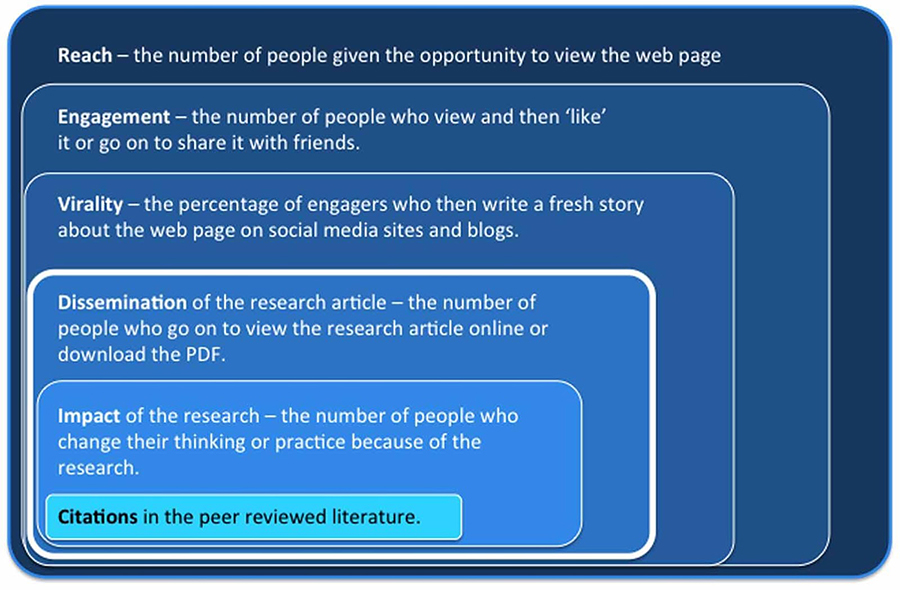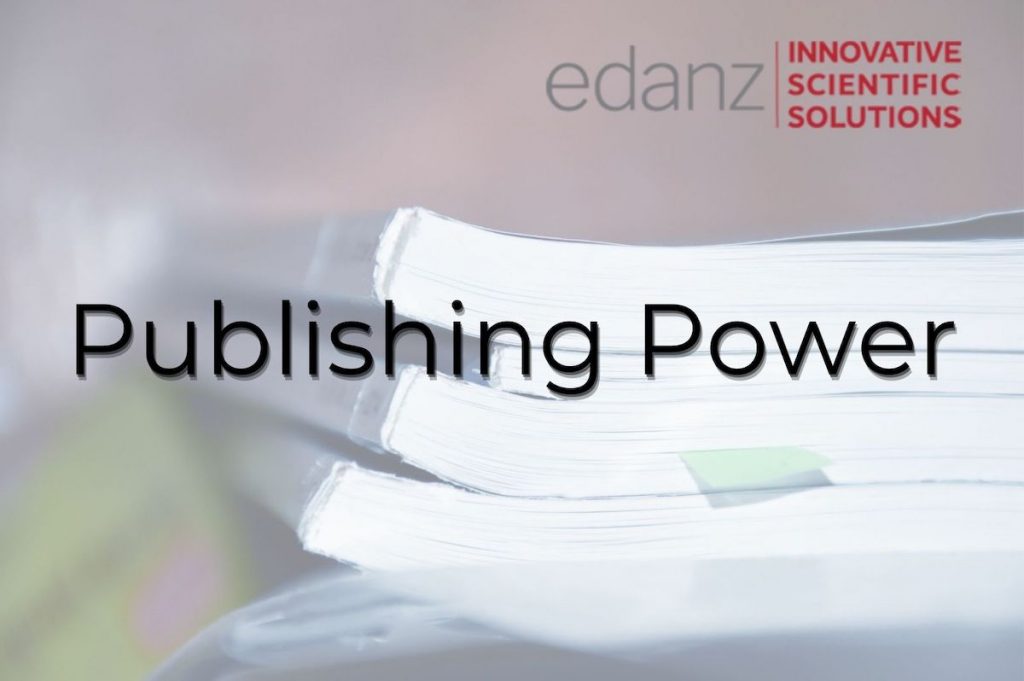You’ve spent weeks, months, years (or even a lifetime!) on your research, submitted it to the leading journals in your field, finally been accepted and published in the journal of your dreams. That’s you done, right? Well, not really.
Now’s the time to promote your hard work and ground-breaking findings, and let others know that your article exists. Promoting your article increases your presence and raises your profile within the academic community, as well as ensuring that your findings are out there and known about.
Over 5000 articles are published daily in the academic community and you need to make yours stand out and be counted. There are numerous ways you can go about doing that, some more time consuming than others. Even a small amount of self promotion in the right areas will do your research findings the world of good and make you more discoverable.
Check the publisher policy on sharing of your content; most publishers allow you to email your article for personal use and promotion within your institution, on your recommended reading list and also in your lectures.

A 2013 study in PLOS ONE tracked the impact of social media on the dissemination of research articles, with 6 levels of engagement identified between readers and the published research (outlined in the image above).
There are numerous avenues for promoting your research article. The best way to break them down is into “free” and “paid” services; the free avenues generally require more effort from the individual and can thus be significantly more time consuming than the paid services, which will carry out the leg work for you.
Free services
Social networks
You can start simply by using your own networks and social media, for example linking your article on your Facebook page, or adding references on your LinkedIn profile. These will all drive people within your social network to your article. Most people add a list of published works to their CV. Another good idea is to add a link to your article in the signature of your email.
Using Twitter to “Tweet” about your article may be a different style of posting/commenting to what you are used to; check out our handy tips on how to utilize Twitter.
Industry media tools
Your particular research field may have specific tools within its community, most of which allow free linking to your content. The following are examples of sites within the academic research community:
Also, most institutions have a repository for posting published content. Usually you will be allowed to post your article to this repository following expiration of any embargo period (the time the paper is only available for paid access).
You’ll need to check with your journal publisher for any embargo period. It is generally 12 months from publication, but it does vary. If your research was published in an open access journal then there will be no embargo period.
Kudos
Kudos helps researchers measure and maximize the outreach of their published articles. It’s a free service for researchers, with many publishers onboard.
The platform enables a profile for each article which uses summaries, key words and statements to ensure article content is more accessible to the digital readership browsing online content. Other content can be included such as videos and extended data sections.
The author is then provided with trackable links to share their article profiles via social media.
Journal tools
The publisher who you have published your article with will likely provide some tools to allow your content to be easily discoverable. These can include article links, RSS feeds of TOC of newly published material; check the publisher’s website for more information but these are some examples of publisher activity:
- Elsevier – Provide a link to your article called a Share Link, this a personal, customized short link that provides free access to your article for 50 days. This means you can invite colleagues and peers to access your article on ScienceDirect, sharing it by email and social media. Readers who click on the Share Link will be taken directly to your article, with no sign-up or registration required (Elsevier website).
- Taylor and Francis – Eprints are a link you can share with up to 50 colleagues and friends, giving them free access to your article. You can share your eprint link in any way you like – some authors put it at the bottom of their email signature, some email it to 50 people in their contacts list, and some post it on social media (e.g., Twitter or Facebook)(Taylor and Francis website).
- Springer Nature – Provide eOffprints which can be used to share your research with co-authors and research colleagues.
- BMJ – Provide metrics for tracking access of your article once published.
Blogging
Create keywords that are mentioned in your article and link to your research when blogging within your research community. This will ensure your content comes up on search engines and such. Blogs are a good way of introducing new research and also for participating in conversations happening within your field of research. Ensure you comment on other posts, and include links to other blogs etc., ensuring you are an active participant in the discussion rather than just turning to a blog when you need some advertising.
You can also install the free Altmetric bookmarklet to see if anyone has mentioned your own research (or even other research published in your field) in a blog post – simply drag the bookmarklet to your browser bar and click it while viewing your article on the publisher’s site to bring up the Altmetric data.
Wikipedia
Find a Wikipedia page about your research topic and add a link to your article.
ORCiD
Create an ORCiD account and link to your research on your profile.
ORCiD provides a persistent digital identifier that distinguishes you from every other researcher and, through integration in key research workflows such as manuscript and grant submission, supports automated linkages between you and your professional activities ensuring that your work is recognized.
Paid services
Video abstracts
These can help profile your research and make it more appealing to people outside your network/community. Some publishers can help with this (check with who you published your paper with first to see if they offer this service or can assist you). There are specific companies however that can do this for you, ResearchSquare is one of them and a short video of their offering is here.
TrendMD
TrendMD uses software technology to create a specialized recommendation process based on reading behavior, via a recommendation widget (free for content providers like journals). Individual researchers can promote their research through TrendMD and pay for click-throughs received.
TrendMD enables authors to tap into their network of top STM publishers directing traffic and users by recommending their content as third party content on the TrendMD’s widget.
Present at Conferences
Industry specific conferences usually take place frequently, speakers are often sought to provide updates on new research and topics, this is a good way to get your research out in your community.
References
https://authorservices.taylorandfrancis.com/ensuring-your-research-makes-an-impact/
https://blogs.plos.org/plos/2015/03/get-paper-noticed-join-current-scientific-conversation/
https://authorservices.wiley.com/author-resources/Journal-Authors/Promotion/promotional-toolkit.html
https://www.springer.com/gp/authors-editors/journal-author/frequently-asked-questions/3832
Increase your professional network and the international reach of your published work by making a non-technical summary of your research paper, which you can share on social media, news websites, personal webpages, and institutional websites. Ask for the Edanz Press Release Creation service.



